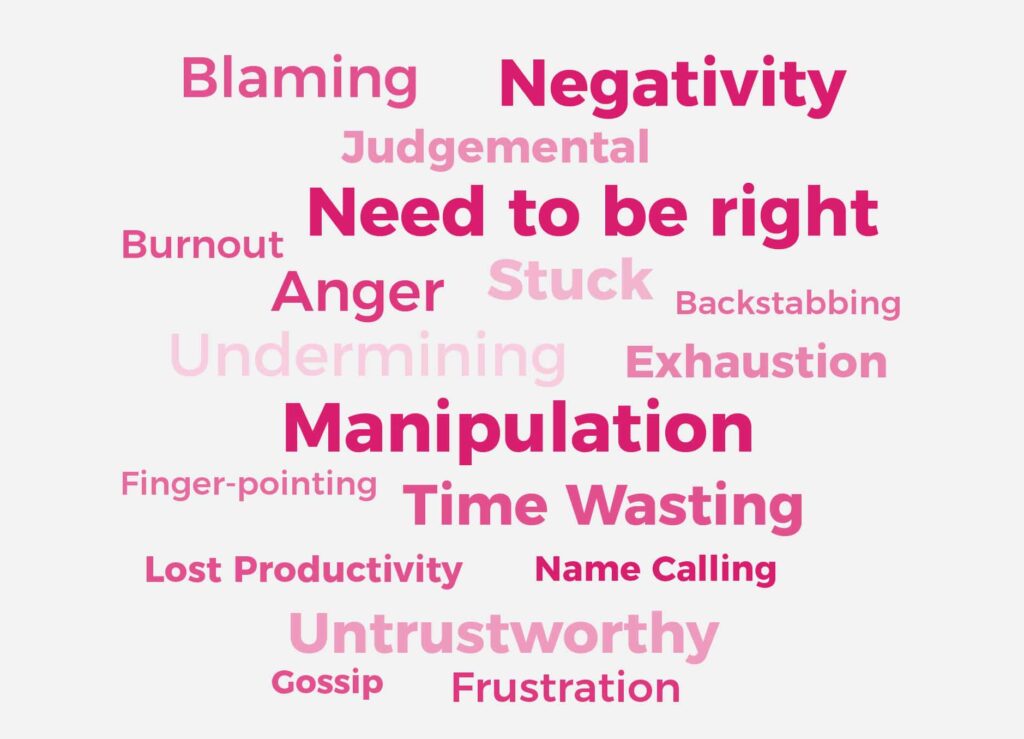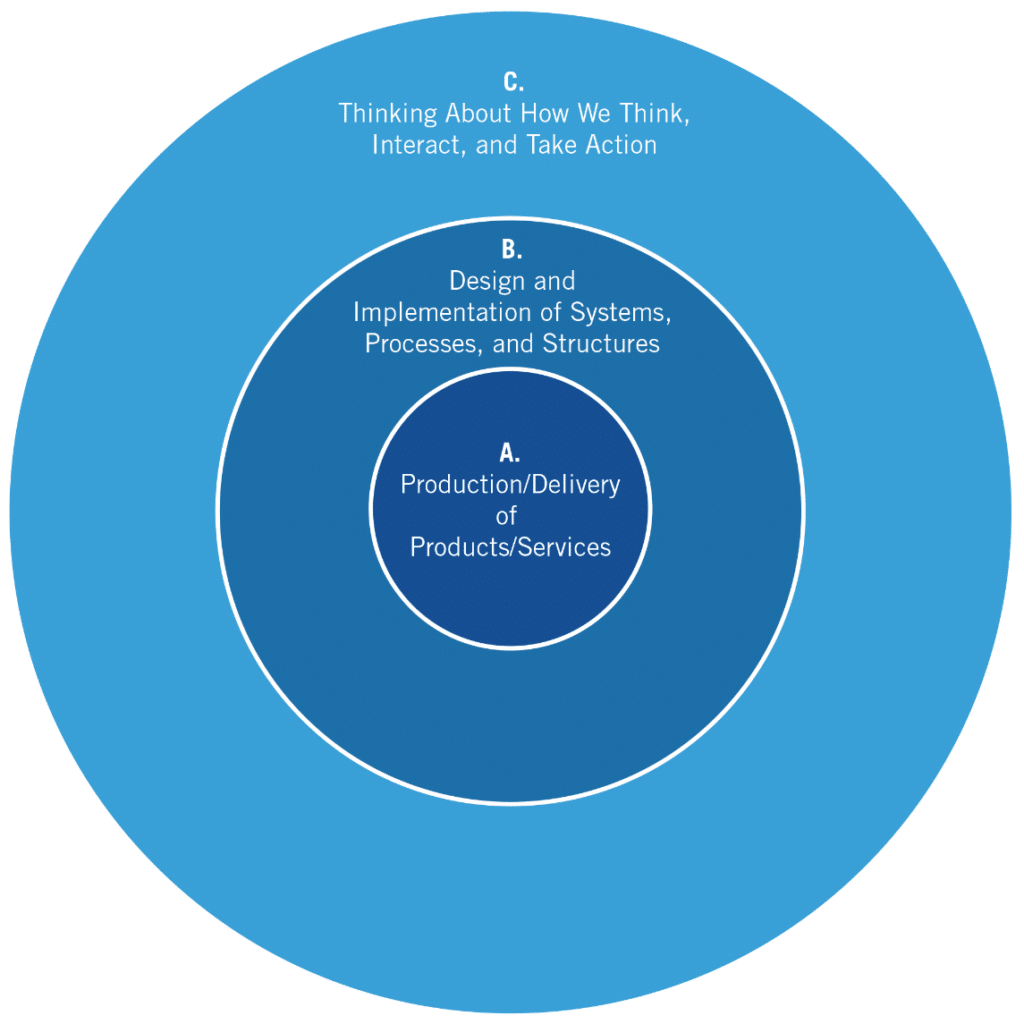A total of 4.4 million Americans quit their jobs in September 2021, and the following month nearly 3% of the entire US workforce resigned, according to the US Bureau of Labor statistics – Moore Global, 10 Jan 2022
In Australia, a survey by ELMO Software, whose poll data is weighted to the latest Australian Bureau of Statistics, found 31% of workers plan to quit their current job this year. Almost a fifth say they will do so without having another job lined up.
ELMO chief executive and founder Danny Lessem, in an interview with Sunrise, said the pandemic has shifted priorities for workers who now expect flexibility as the normal. “In days gone by people who asked for more wages, more flexibility, more annual leave, affirmation and the ability to work remotely would have been laughed at.” he said.
The great resignation – a phenomenon which describes the departure of millions of workers from jobs in which they once seemed content. Workers are either choosing to join employers more closely aligned with their values and lifestyle, opting for self-employment or retirement.
David Emerald, author of The Power of TED* (*The Empowerment Dynamic) and the 3 Vital Questions: transforming workplace drama, and the founder of the Center for the Empowerment Dynamic, shared the Cost of Drama statistics in my training with him last year.
- Gallup research indicated that an approximate $450-$550 billion cost in annual lost productivity in the US. $7 trillion productivity loss globally occurs due to negative behaviour (that is, drama) in organisations.
- Managers spend 25-40% of their time managing conflict, disagreements etc (that is, drama)
(*Sources: “State of the American Workplace 2013” and “State of the Global Workplace: 2017;” www.gallup.com; “Conflict Resolution: When Should Leaders Step In?;” www.forbes.com; May 15, 2014 )
David also shared that nothing sparks drama in an organisation quite like change.
Change in ordinary times is one thing, the changes we’ve experienced or witnessed since the pandemic is a whole new realm for business owners to navigate!
Drama in a business might look like:
- ‘silo’ thinking and actions
- Interpersonal conflicts
- Decisions that are not final and rehashed multiple times
- Meetings before the meeting, side meetings within the meeting, meetings after the meeting (to include ‘end-arounds’)
- Avoiding healthy conversations (gossip)
What other words come to mind when you think of workplace drama?

Exercise:
Have you ever estimated the number of hours and expense in terms of salaries and wages that you and/or your business partners, managers and team leaders and people spend in drama-related activities?
To do so, assign a cost ($) per hour and then multiply that number to illustrate the impact).
For example, a level 2 manager I know, is on a salary of $150,000 pa.
- 25%-40% of their time in cost would be $37,500 to $60,000 a year; or
- $721-$1153 a week;
- and (if only working 38 hrs a week), their weekly distraction by drama would lose you between 9 and 15 hours from productive work, like creating raving fans of your customers.
- Finally, multiply all of those dollars and hours by the number of people managing your team(s).
I’m no longer an employer however I consult with, coach and train business owners.
I have experienced many years of riding the ebb and flow of trying to get the ‘people’ thing right. A challenge that wasn’t something to be sneezed at, given we were a business that administered the 24/7 labour hire needs of hundreds of hospitals and nursing homes throughout Australia on a daily basis.
In the 17 years I calculated once that we’d employed over 6000 nurses and care staff, and our office team sat around the 20 mark, across multiple regional offices. We had an internal team and an external team. Getting it right one day, for one person mixed with getting it wrong for another person on the same day or another day, took up many hours, caused loss of sleep, and was a weekly, if not a daily distraction, within our team.
We did all the good things, like employing to culture and our values, rewards, celebrations, retreats, flexibility, work-from-home arrangements.
We were open to adjusting to accommodate all kinds of people’s personal priority shifts, getting that right, sometimes only for an hour, before a change of priorities and we were back to square 1 again. A business in the sea change town of Noosa, staff very often were looking for “A Job” not “Our Job”, which had its own issues that strangely would arise at day 91 of employment, the day after the initial 3-month probation period expired.
I think back now of it as quite often ‘madly’ adjusting dials on my company’s dashboard.
A turn here, push that button there, and we’d be back to steering our way forward, focused on our customers’ needs again. Everyone happy and productive. Then an inkling of the beginning rumble of a drama thunderstorm would appear on the horizon again… and we’d be drawn into a tumble drier-like cycle of drama, spinning in circles until the anxiety of the situation petered out, and whomever was left behind or had joined us new to the team, all got back on with work again.
What I came to learn from that 17 years’ experience of leading a very large team of employees, and since becoming a facilitator in the 3 Vital Questions™, is it’s not a common practice for us, as business leaders and managers, to pause and look at what I now know as the C Dimension of business.

Adapted from: “Building Learning Organization” by Peter Senge; Journal for Quality and Participation; March 1992. Source: David Emerald, 3 Vital Questions®
The 3 Vital Questions™ are all about the “soft stuff” and are purely focused on the “C Dimension” of work. They include:
-
Thinking about how we think
-
Thinking about how we interact and relate
-
Thinking about how we take action
When it comes to the skills of leading and managing, any reasonably intelligent person can learn the “hard stuff” of business – planning, budgets, technical skills.
As Roger Enrico, the former CEO of PepsiCo, aptly put it, it’s the soft stuff that’s hard – the people stuff.
So many businesses focus on twisting the dials and pushing the buttons to improve the A Dimension: production, delivery of products and services; and B Dimension: the Design and Implementation of Systems, Processes and Structures.
It’s the courageous leader, however, who stands apart from the masses, intuitively knowing that to make the shift in mindset via the 3 Vital Questions™, will transform workplace drama! Doing so, may very well be the one point of difference that sets you above and apart from other business owners, who don’t see that the C Dimension has the most beneficial impact on Dimensions B and A.
Those statistics I shared, and the reality of the great resignation, imagine if you put in the time now on the C Dimension, who would you retain that you might otherwise have lost, and who of that enormous, exiting talent pool, could you attract, in your becoming an employer of choice?
It is the C Dimension that sets the context for the 3 Vital Questions™ workshops and eLearning I deliver to all sizes and kinds of businesses throughout Australia.

